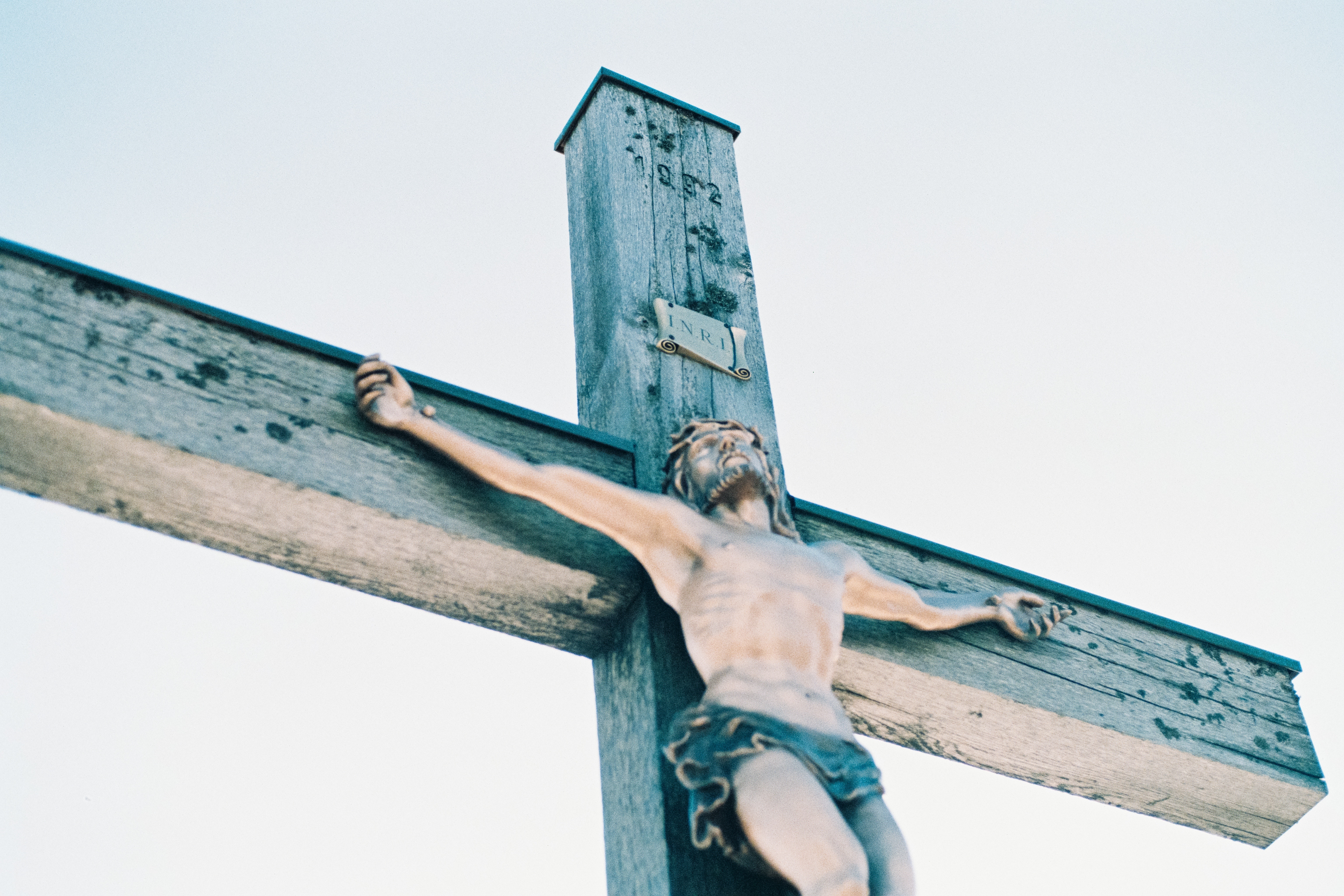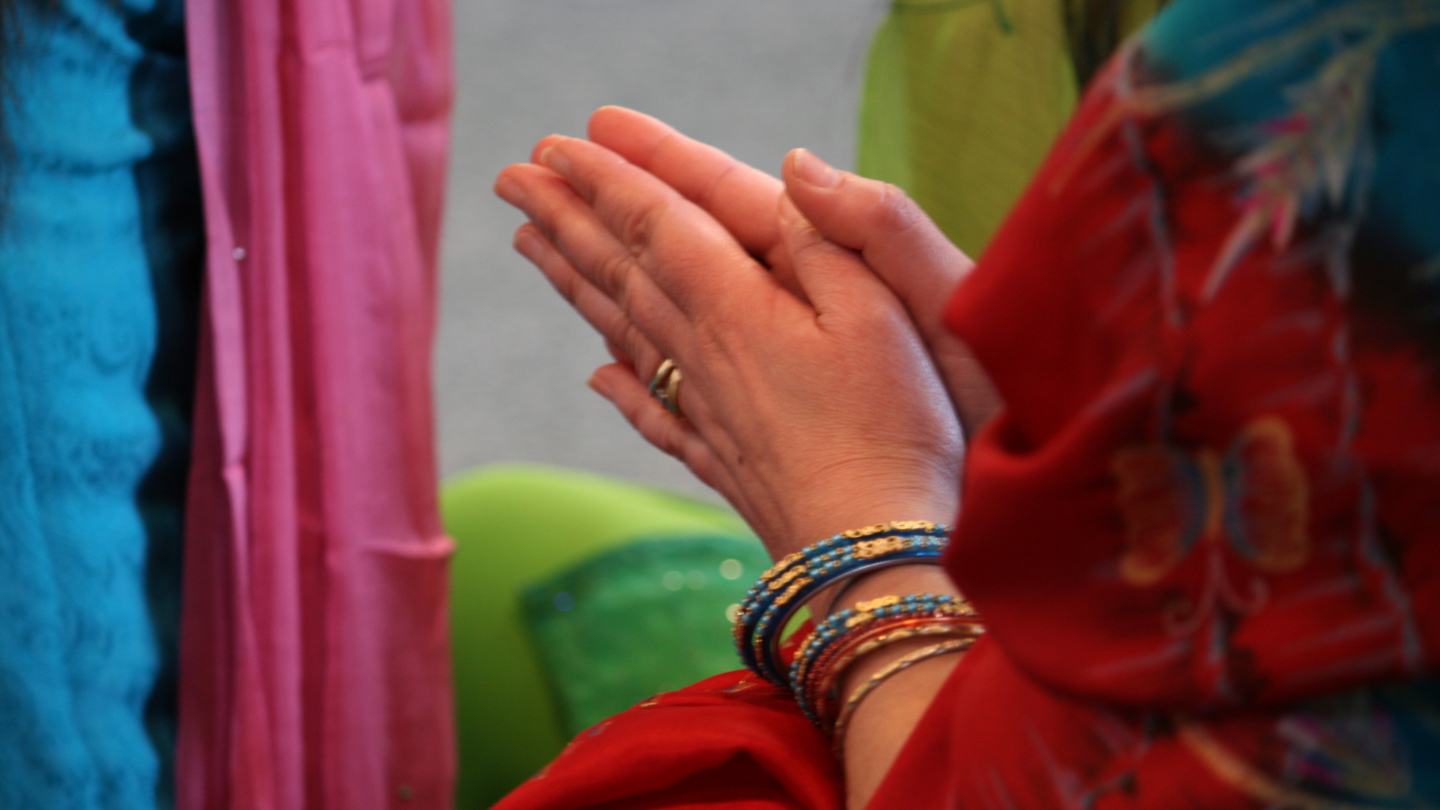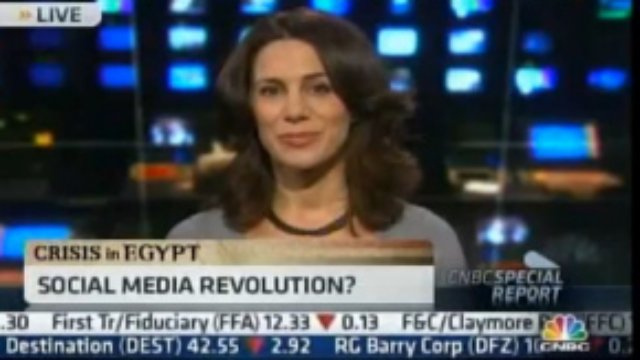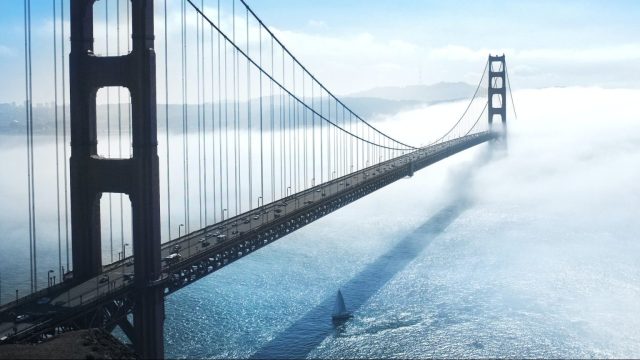“This time feels different”: Is Iran on the verge of another revolution?
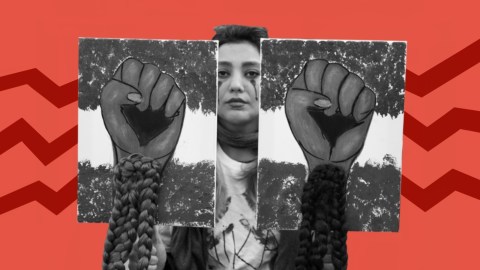
- Over the past century, the Iranian people have struggled multiple times to bring about representative democracy, and women have been at the forefront all along the way.
- Some of the nation’s current leaders rose to power thanks to the their own revolution, during which they learned not only how to execute a revolution, but also how to thwart one.
- Many Iranians say these protests feel different than previous attempts, though only time will tell what the protesters will ultimately achieve.
“This time, it feels different.”
For many of the Iranians who have been protesting across their nation since mid-September, this has become a common refrain. It’s maybe no wonder. The ongoing protests represent the largest and most unified public challenge to the government in years, and the demonstrations are being led by women and schoolgirls who have been marching—and burning their hijabs—on Iranian streets in the weeks since 22-year-old Mahsa Amini died suspiciously in police custody. Their slogan, adopted from the Kurdish women’s slogan for independence, is Zan, Zendegi, Azadi (Woman, Life, Freedom).
What began as public outcry against Iran’s so-called morality police (in actuality, Gasht-e-Ershad, or “guidance patrols”) has snowballed into a mass movement targeting the very essence of the Islamic republic. And unlike previous protests, both organized and spontaneous, many Iranians feel this one will turn out differently. But will it?
Over the past century, the Iranian people have struggled multiple times to bring about representative democracy, and women have been at the forefront all along the way. The Constitutional Revolution of 1906 had women fighting alongside men for a representative Majles, or parliament. In 1953, women publicly protested in support of Prime Minister Mohammad Mossadeq, who attempted to impose on a reluctant monarch the constitution won in 1906. The 1979 revolution, which overthrew the Shah, had women marching on streets and donning the chador out of respect for the revolution’s leader. And the Green Movement in 2009 saw girls and women publicly demanding that their votes be counted in what they alleged was a stolen election.

Of these struggles, only the 1979 revolution brought about a wholesale change: a monarchy was deposed in favor of a theocratic system that has a cleric at its head. Today, women are again at the forefront of the struggle to change the system, and many Iranians, both inside and outside Iran, are saying that this time it’s different. Meaning this time, wholesale change is again possible.
That remains to be seen. But important to the question of Iran’s future is its not-so-distant history, specifically the fact that some of the nation’s current leaders possess firsthand experience in conducting—and thwarting—revolutions.
Lessons from 1979
In the initial stirrings of the last revolution, one that eliminated a 2,500-year-old monarchy, the Shah had asked Saddam Hussein to rid him of his “troublesome priest” — Ayatollah Ruhollah Khomeini — who was then being hosted in Najaf, Iraq. Saddam, who had mended fences with the Shah after years of dispute and acrimony, happily obliged. After a long period of relative silence, Ayatollah Khomeini once again began vocally denouncing the Shah. And this time he had secular students—many educated in the West, where they tasted political freedom for the first time—on his side.
The exile of the Ayatollah to a suburb of Paris inflated his importance, brought the world’s media (as well as a pilgrimage by students) to his doorstep, and provided Iranians with what had been unimaginable only months before: an alternative to the monarchy that had, for all intents and purposes, strayed from a constitutional one to a dictatorship. That alternative, as the Ayatollah described it, would be a democracy. He would be its spiritual leader. Lending credibility to his claim of the dawning of a new Iran was the presence of long-time democratic leaders by his side, such as Mehdi Bazargan (later the Islamic republic’s first prime minister), some of whom had spent time in the Shah’s jails.
Some of the leaders of the Islamic revolution of 1978-79 are now part of the Iranian regime (others, mostly dissidents, were executed, jailed, put under house arrest, or silenced). They know full well how a revolution can arise. And more importantly, they know how one can be foiled.
The most important lesson they learned from the Shah they fought was to never apologize for a wrong, never admit or show weakness, and, if necessary, use brute force to quell unrest.
The Shah chose to leave Iran rather than stay and have his army fight his people on the streets. When David Frost asked the Shah in his last interview whether he regretted not staying in Iran and fighting, his reply was in the negative: “A crown, a throne could not be based on the not-too-very-solid foundation of blood.”
The ayatollahs beg to differ: They are unlikely to leave office voluntarily or flee the country. Helping them avoid these fates is an armed buffer. In 1979, the ayatollahs created their own militia, commonly known as the Revolutionary Guards, or IRGC, the “Corps of the Guardians of the Islamic Revolution”, not guardians of Iran, that’s trained to be loyal to them, while the regular army was to be loyal to the nation. It is the Guards, and the Basij, the voluntary militia created under the Guards, who enforce the crackdowns on any protests along with the police forces, including the ones ongoing.
But will crushing this revolution be a simple matter of shedding some blood? Women, like the Peter Finch character in the film Network, are “mad as hell and aren’t taking it anymore.” Iran’s chief justice, Gholam-Hossein Mohseni-Ejei, a hardliner and former intelligence minister, seems to have recognized this. For the first time, he has appeared to break with the ayatollahs on the issue of admitting mistakes by suggesting that dialog with the protestors is possible, and even “correcting mistakes” could be envisioned.
So far, his offer hasn’t been taken up by anyone, and certainly not those he’s thrown in jail, such as pro-reform politician Mostafa Tajzadeh, who was sentenced to eight years in prison a day after he called for a dialogue with critics of the regime. This time, it feels different?
A cycle of hope and despair
In the decades since the Islamic revolution brought about an Islamic republic in Iran, the Iranian people have experienced moments of misery and despair, and moments of hope and elation. Some would argue the moments—more like years—of misery and despair have overshadowed the few moments of joy. The election of Mohammad Khatami in 1997 was, for many, at least a moment of hope, and his presidency did result in a loosening of social strictures and better relations with the West.
Under Khatami’s presidency, Iranians enjoyed more political freedoms than had existed before, including the relaxing of rules requiring women to wear the hijab, perhaps the most visible symbol of the Islamic nature of the republic. Never as strict a covering as the burkha that the Taliban later imposed in Afghanistan, the now-common headscarves (rather than the black, all-enveloping chador) slipped farther and farther back on young women’s heads, and colorful fashions prevailed, especially in the urban and middle-class enclaves of cities.
The reforms that were promised to voters (who overwhelmingly re-elected Khatami in 2001) were, however, consistently stymied by a “deep state” of hardline clerics and conservative military leaders. The disappointment Iranians felt (especially after student protests were violently quashed in 1999) led to the election of lay candidate Mahmoud Ahmadinejad in 2005, and a reversal of some of the political and social freedoms won during the previous administration. His suspicious, quickly announced landslide re-election four years later led to the “Green Movement”, which many in the West labeled “Green Revolution”, happening at a time when the internet, and especially social media, was widely adopted by Westerners and Iranians alike. The movement, or revolution, continued for almost a year with sporadic outbursts and with moral support from the West—including even in a U2 concert tour—before it was finally crushed (and the leaders of the movement put under house arrest). But this time, it feels different.
A moment of hope followed the election of reform-leaning Hassan Rouhani in 2013 and the start of direct negotiations between Iran and the US over its nuclear program, and even some joy over the phone call that September between Rouhani and President Obama—the first such a conversation between Iran and the US since the revolution. And a real moment of elation was in 2015, when the JCPOA, or Iran nuclear deal, was signed, which led to dancing on the streets and public cheering for Mohammad Javad Zarif, the foreign minister, who had negotiated an accord that many felt would result in a new beginning and a better future for Iran after years of isolation and economic sanctions on their country. That elation turned to misery when the deal fell apart after President Trump’s withdrawal from it and his re-imposition of severe sanctions that crushed the economy and with it the hopes of the youth for a better future. Discontent and a general malaise has since been the norm among a population that has for the most part known no other system than the one ruling over it.
Apathy followed malaise. Iranians were apathetic toward a regime that hadn’t anticipated a quick collapse of the nuclear deal, couldn’t bring itself to negotiate with what it continued to call the “Great Satan”, couldn’t provide for its people, and didn’t allow for political or social freedoms. Perhaps the most obvious sign of public apathy came amid the regime’s heavy-handed interference in the 2021 presidential election, in which the government muscled a hand-picked, hardline candidate into office, leading people to mostly boycott the vote. It marked the lowest turnout for a presidential election in the history of the republic.
Little did the public know, however, that the newly elected president, Ebrahim Raisi, who had been isolated in seminaries and then the judiciary for his entire adult life, would sign a decree mandating that the hijab, symbol of Islamic piety, be strictly enforced by the hated Gasht-e-Ershad.. And so it was that in September that the morality police arrested, and then took to a detention center, 22-year-old Mahsa Jina Amini for the “crime” of improper hijab. She died a few days later, “guidance” delivered.
A photograph circulated on social media showing Amini bruised and bloodied in a hospital bed. That photograph, much like the image of student and protester Neda Agha-Soltan dying in the streets from a sniper’s bullet in 2009, ricocheted around the world, bringing many to question whether the shelf life of the Islamic republic had finally expired. This time, it feels different.
The shock of Amini’s treatment and death at the hands of government security officials was almost too much to bear for a population already almost at a breaking point because of economic woes and a hopelessness for the future. Furious protests erupted spontaneously. Women, who for decades had resented the state’s interference in their choice of attire, were at their forefront, soon joined by men and by Iranians from all walks of life. The Hijab Revolution, if you will, was born.
This time, however, there were near-immediate calls for the abolishment of the Islamic regime. As the ongoing protests have grown, fed-up women have burned their hijabs, cut locks of their hair as a sign of protest, and marched on the streets to demand not just an end to the hijab laws, but an end to the regime itself.
If Iran’s polity was a tinderbox before, Mahsa Amini’s brutal murder was the spark that ignited it.
The fire is still burning, despite a crackdown that has resulted in the deaths of more than 300 protesters, according to the Norway-based nonprofit Iran Human Rights. But unlike in 1979, what neither the protesters nor any leader recognized by a majority of unhappy Iranians have yet to articulate in their demand for an end to the regime is who and what they want to replace it with.
Challengers to Iran’s Islamic republic
The leadership of organized opposition in exile to the Islamic republic and the rule of the Ayatollah—Ali Khamenei, Khomeini’s successor—is composed of two people who are diametrically opposed.
One is Maryam Rajavi, the head of the Mujaheddin-e-Khalq, or MEK, a militant political organization that supported the Islamic revolution of 1979 but turned against it when Khomeini took complete power for himself. Rajavi’s husband, Masoud, was at the forefront of the revolution. When Khomeini took power, Masoud took himself and his supporters to Iraq, where they were granted asylum by Saddam Hussein and from where they could militarily attack Iran. During the eight-year Iran-Iraq war in the 1980s, the MEK not only participated in cross-border attacks, resulting in the death of young Iranian recruits fighting Saddam’s invading army, but also served as mercenaries in the crushing of rebellious Iraq Kurds. Masoud Rajavi has been missing, and silent, since the US invasion of Iraq in 2003. He is presumed dead despite the organization insisting he is not. At any rate, his widow, Maryam, is the “president-elect” of the National Council of Resistance of Iran (NCRI), meaning she is the “interim president” of a future Iran run by the MEK.
However, Mrs. Rajavi has essentially disqualified herself and her organization from ever gaining popular support for an MEK-led revolution by virtue of she and her supporters fighting on the side of Saddam Hussein against Iran during the war It is not a sin that most Iranians are willing to forgive, especially as hundreds of thousands of Iranians died in what the government refers to as the “imposed war”. (That Mrs. Rajavi and her female cadre all wear tight-fitting headscarves while women are burning theirs on the streets of Iran is an irony not lost on most Iranians.)
The other figurehead of organized opposition to the Iranian regime is Reza Pahlavi, the crown prince of Imperial Iran, whom supporters consider the legitimate Shah of Iran (a title or claim he himself does not insist on, though he does insist on a revolution or overthrow of the Islamic nezam, or “system” or regime). While Pahlavi has some sympathetic (and nostalgic) support inside Iran, he has not articulated a future for Iran that is readily understood or accepted by the population at large. His stated position that “the people should decide” a role for him, or for the composition of a new government, is too ambiguous to garner him a groundswell of support among Iranians inside the country. At a time of economic misery for millions of Iranians, his calls for regime change from a mansion in the Washington, D.C. suburbs are simply not resonating among the youth, which is why we are not witnessing widespread calls for his return to Iran to lead the nation.
While many Iranians are “mad as hell” and “not going to take it anymore,” they are also leaderless and up against a theocratic regime that has so far been unwilling to bend to the will of the people, no matter how strongly that will is expressed. Yes, the Hijab Revolution will undoubtedly bring about change: It is unimaginable that hijab enforcement will be as rigorous as before Mahsa Amini, even if the law requiring it remains on the books. That is revolution in its own way, for the once-fearsome morality police, if they ever dare venture to the squares and intersections of the capital they once so arrogantly patrolled, will find a hostile population that is not only no longer intimidated by them, and may even bring violence upon their heads should they attempt to enforce what is a now a thoroughly discredited law. The evidence so far, based on the multitude of images of bare-headed women on the streets of Tehran, is confirmation enough.
But that lack of enforcement of a decree by President Raisi will, of course, not be enough to quell widespread anger over something much bigger than a piece of cloth. If the government and the regime won’t answer the people’s demands for freedom from their current oppression, it will continue to be under stress. And the Raisi government—or, as some Iranians have derogatorily called it, the dowlat-e-kelase-sheeshom, meaning “sixth-grade government,” a jab at the president’s middle-school, secular education prior to his years in the seminary—has offered no answers so far.
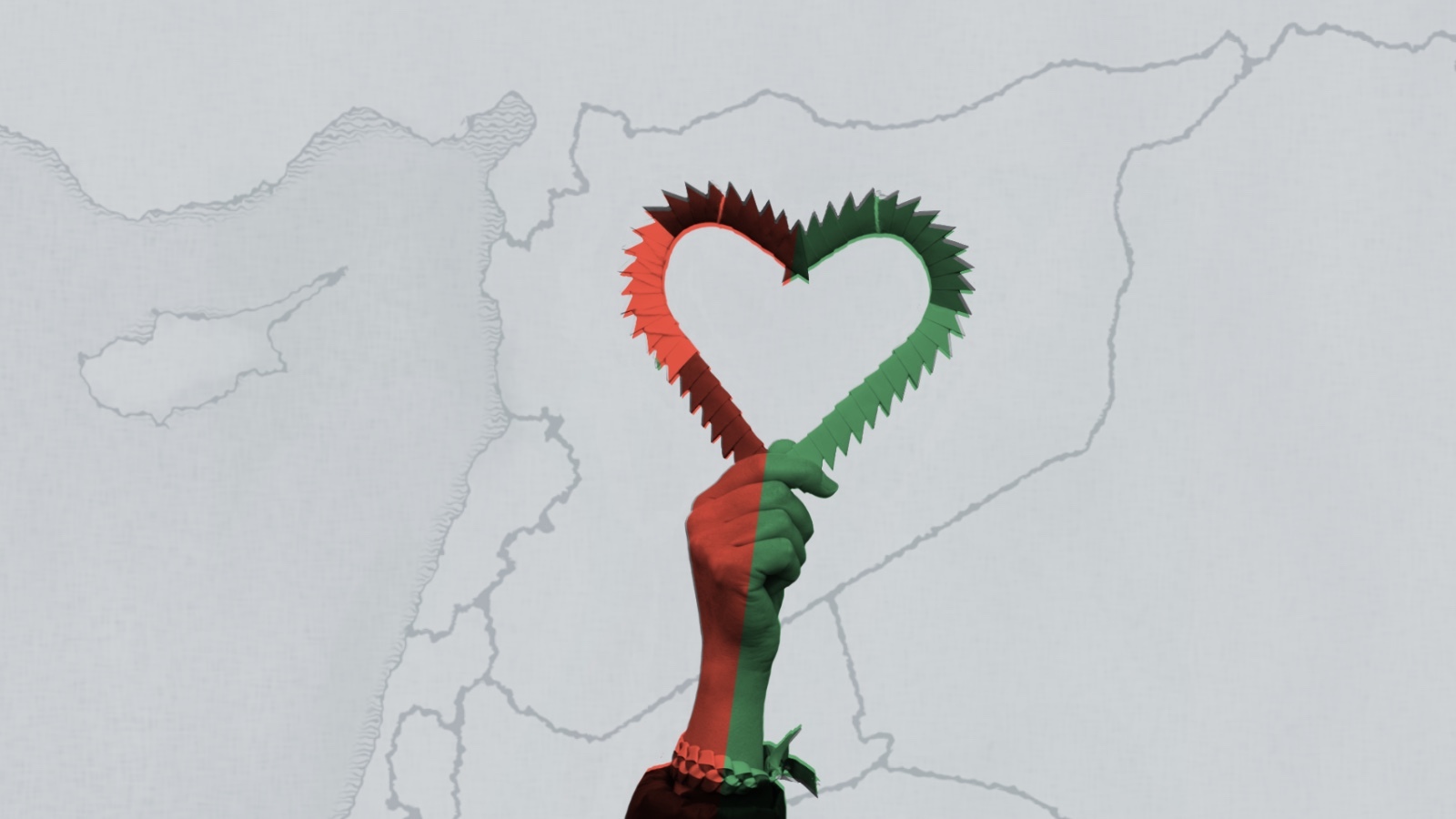
A friend in Tehran told me just this week that snipers and Basiji simply cannot shoot at 15-year-old girls on the street forever. Perhaps they won’t have to. As before with the Green Movement, some months from now an uneasy normalcy could return to Iran, for Iranians neither want their country to be another Syria, nor do they want to be another Libya. Nor do they especially want to be another Egypt: a military dictatorship in the aftermath of a popular, originally leaderless, revolution.
But it’s also possible that Iranians’ unquelled anger will find focus, and perhaps a leader or leaders will emerge who can unite the nation behind a common goal beyond just calling for the death of the ayatollahs. In a little-known 1979 interview that the Ayatollah gave to Penthouse magazine (yes, Penthouse) after the success of the revolution, he was asked, “What if the people disagree with your vision of the Islamic Republic?” Khomeini replied, “Then the people will not follow me.”
Indeed. This time, it feels different.
It is really up to the nezam, then, to decide whether it can meet its people’s needs and demands, or whether it simply cannot or will not. It can decide, as its chief justice seemingly has, to listen to the demands and see if there’s a way to satisfy them. And if it will not, and instead continues to insist that protests are just a foreign plot to bring about regime change, then its days could be numbered. Those days will be numbered by a population that is mad as hell, is connected to the outside world, and is sophisticated and educated yet feels little hope for a promising future. Numbered, whether ousting the regime takes days, weeks, months, or yes, even years.
As with all things Iran over the last 43 years, time will tell, and we will have to wait and see. For few, if any, have ever been able to correctly predict the path the Islamic republic will take since 1979; not the women who helped bring it about and now, along with their daughters, take to the streets to bring about its end, and not the would-be counter revolutionaries who have predicted its fall since its inception. But this time, yes, it feels different.
